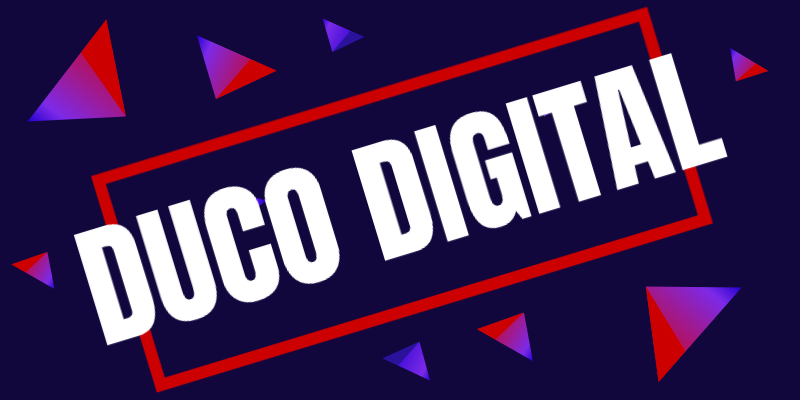Building a Strong Brand Identity: Digital Marketing Tips for Business Owners
What is Brand Identity?
Brand identity is the unique personality and image of your business that sets it apart from competitors. It encompasses everything from your company's name, logo, colour scheme, and messaging to how you present yourself on social media and in advertising. Establishing a strong brand identity is crucial for building customer recognition, trust, and loyalty.
To begin building your brand identity, start by defining your business's core values, mission, and target audience. This will help you create a cohesive brand identity that resonates with your customers.
Remember, your brand identity should reflect your business's overall personality and values, so take the time to really think about what sets you apart from the competition.
Establishing Your Visual Brand Identity:
Your visual brand identity is the first thing customers will notice about your business, so it's important to get it right. Start by creating a memorable logo that reflects your brand's personality and values. Use consistent colours and fonts across all marketing materials to create a cohesive look and feel. A professional graphic designer can help you create a visually appealing brand that stands out from the competition.
Make sure your brand identity is consistent across all platforms, including your website, social media profiles, and advertising. Consistency is key when it comes to building a strong brand identity that resonates with customers.
Finally, make sure your visual brand identity is adaptable and scalable. As your business grows and evolves, your brand should be able to evolve with it.
Crafting Your Message and Tone:
Your brand's messaging and tone are just as important as your visual identity. Your messaging should be clear, concise, and memorable, and your tone should be consistent across all platforms. Whether you're crafting a social media post or writing a blog post, make sure your messaging and tone align with your brand's personality and values.
When crafting your messaging, focus on the benefits of your product or service, rather than just its features. This will help customers understand how your business can solve their problems or meet their needs.
Finally, make sure your messaging and tone are authentic and genuine. Customers can spot inauthenticity from a mile away, so make sure your messaging and tone align with your business's overall personality and values.
Building a Strong Online Presence:
In today's digital age, having a strong online presence is crucial for building a strong brand identity. Start by creating a professional website that reflects your brand's personality and values. Make sure your website is easy to navigate and mobile-friendly.
Next, establish a strong presence on social media. Choose platforms that align with your target audience and focus on creating engaging, shareable content. Use social media to interact with customers and build relationships.
Finally, consider investing in digital advertising to reach new customers. Platforms like Google Ads and Facebook Ads allow you to target specific demographics and interests, making it easier to reach your target audience.
Leveraging Influencers and Brand Ambassadors:
One way to build brand awareness and credibility is by leveraging influencers and brand ambassadors. Find influencers in your industry who align with your brand's personality and values, and partner with them to promote your products or services.
You can also establish a brand ambassador program to encourage loyal customers to promote your business. Offer incentives like discounts or exclusive content to encourage customers to become brand ambassadors.
Partnering with influencers and brand ambassadors can help you reach new audiences and build credibility with potential customers.
Creating a Consistent Customer Experience:
Building a strong brand identity isn't just about your visual identity or messaging. It's also about creating a consistent customer experience across all touchpoints. From your website and social media profiles to your in-store experience, every interaction with your brand should be consistent and memorable.
Make sure your customer service is top-notch and aligns with your brand's personality and values. Train your employees to provide a consistent experience for every customer, whether they’re shopping in-store or online.
Finally, use customer feedback to improve and evolve your customer experience over time.
Measuring and Analysing Your Brand Identity:
Measuring and analysing your brand identity is crucial for understanding how your customers perceive your business. Use tools like Google Analytics and social media analytics to track metrics like website traffic, social media engagement, and brand sentiment.
Use this data to make informed decisions about your brand identity and marketing strategy. For example, if you notice a decline in website traffic, you may need to adjust your messaging or target audience.
Regularly measuring and analysing your brand identity can help you make data-driven decisions that improve your business's overall performance.
Staying Relevant and Evolving Your Brand Identity:
Building a strong brand identity is an ongoing process. As your business grows and evolves, your brand identity should grow and evolve with it. Stay up-to-date on industry trends and changes in your target audience's behaviour and preferences.
Regularly reassess your brand identity to ensure it still aligns with your business's core values and mission. Don't be afraid to make changes or pivot your strategy if necessary.
Remember, building a strong brand identity is about staying relevant and evolving over time.
Conclusion:
Building a strong brand crucial for building customer recognition, trust, and loyalty. Start by defining your business's core values, mission, and target audience, and use these elements to create a cohesive brand identity that resonates with your customers.
Establish a strong visual identity and messaging that aligns with your brand's personality and values, and use digital marketing tactics like social media and digital advertising to reach new audiences.
Finally, regularly measure and analyse your brand identity to make data-driven decisions that improve your business's overall performance. Remember, building a strong brand identity is an ongoing process that requires dedication and adaptation over time.
Resources:
For more information on building a strong brand identity, check out these resources:
- "Building a Brand Identity: A Guide for Small Businesses" by HubSpot
- "The Importance of Brand Identity and How to Create a Strong One" by Forbes
- "The Ultimate Guide to Branding in 2023" by Hootsuite
If this is something we could help you with please contact us now.


